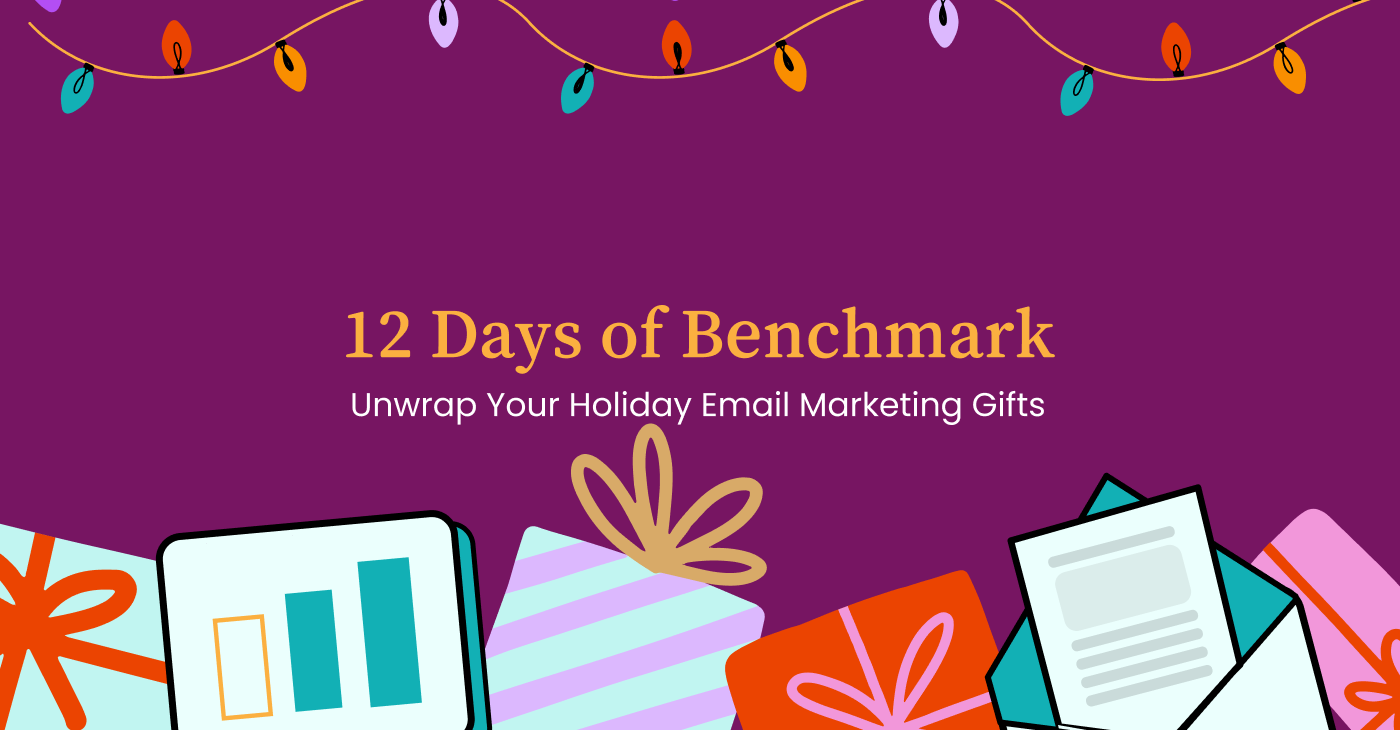The Unsubscribe Opportunity: How Exit Emails Can Strengthen Brand Affinity
May 29, 2025 6 min read

In email marketing, few things sting more than seeing a subscriber hit that dreaded “unsubscribe” button. After all, it can feel like a rejection, especially after investing time and resources into crafting emails that resonate with your audience. But what if we told you that the unsubscribe moment is a golden opportunity to enhance your brand’s reputation and, in some cases, bring subscribers back down the line?
Exit emails, or “unsubscribe emails,” often carry a negative connotation. They are typically seen as the end of a customer relationship, a sign that a subscriber is no longer interested in your brand. However, if approached thoughtfully, these emails can act as a final brand impression that leaves people with a positive perception, and perhaps even leads to a reconnection in the future.
This article will explore how exit emails can be a powerful tool to strengthen brand affinity, foster goodwill, and create the conditions for re-engagement. It’s time to rethink the unsubscribe moment.
The Psychological Impact of Unsubscribing
When someone unsubscribes from your emails, it’s easy to view it as a loss. After all, they’ve consciously decided to sever ties with your communications. However, suppose you understand the psychology of unsubscribing. In that case, it becomes clear that this action is often less about rejecting your brand entirely and more about needing a break or feeling overwhelmed.
The unsubscribe process often relieves subscribers. If your emails are too frequent, irrelevant, or simply not what they signed up for, unsubscribing allows them to regain control over their inbox. However, this doesn’t necessarily mean they dislike your brand or what you offer—they just need a change in how they interact with you.
This understanding opens the door to creating positive exit experiences. Instead of letting unsubscribers feel like a missed opportunity, you can turn them into meaningful interactions that may encourage subscribers to leave with a smile and, in some cases, return when they’re ready.

Exit Emails as the Final Brand Touchpoint
Think of your unsubscribe process as a final touchpoint—the last chance to make a lasting impression. Just like a customer’s last interaction with a business or store can influence their perception of the brand, an exit email can shape a subscriber’s memory of your company.
Here’s why this moment matters:
- It’s the final opportunity to leave a positive brand impression: Even if someone decides to unsubscribe, a well-crafted exit email can ensure they leave with a positive view of your brand.
- It can create goodwill: If done right, you can turn an unsubscribe moment into an opportunity to showcase your brand’s values, personality, and even humor—things that stick in your customers’ minds.
- It can be an opportunity for feedback: By offering the chance to provide reasons for unsubscribing, you can gain valuable insights into why people are disengaging with your emails. This feedback can help you refine your strategy and improve customer relationships.
Crafting the Perfect Unsubscribe Email
Now that we’ve established the importance of an exit email, let’s talk about how to craft one that not only softens the blow of unsubscribing but strengthens the bond between your brand and the subscriber. Here are some strategies for creating the perfect unsubscribe email:
1. Show Gratitude and Understanding
The first step in crafting an effective exit email is acknowledging the subscriber’s decision. Instead of feeling rejected, express gratitude for their past engagement with your brand. This shows that you value their time and involvement, even if they’re no longer actively engaged with your email list.
For example:
- “We’re sorry to see you go, but we appreciate your time with us.”
- “Thank you for being part of our community! We understand that things change.”
This approach can leave the subscriber feeling appreciated and may help maintain a positive relationship that could lead to a reconnection in the future.

2. Provide a Clear Exit, But Keep the Door Open
While you want to respect the subscriber’s choice, you can still leave the door open for future engagement. Offer the option to adjust email preferences, such as the frequency of emails or the types of content they receive. This ensures that the subscriber knows they can return if they want to, without the pressure of receiving unwanted emails.
Example:
- “Not ready to unsubscribe completely? You can adjust your preferences or change the frequency of our emails at any time.”
- “We’d love to keep you, but if you’re just looking for fewer emails, let us know.”
This not only makes the process easier for the subscriber, but it also shows that you’re attentive to their needs.
3. Ask for Feedback (Respectfully)
Asking for feedback is a powerful way to learn why subscribers unsubscribe. However, it’s essential to approach this delicately. You don’t want to overwhelm the subscriber with a long list of questions, but a simple, single-question survey or an optional feedback form can provide valuable insights.
For example:
- “We’d love to hear why you’re unsubscribing so we can improve our emails. Feel free to share your thoughts here.”
- “If there’s something we could do better, please let us know!”
Doing so demonstrates that you care about their experience and are open to improving your brand.
4. Offer an Incentive to Stay
If you think there’s still an opportunity to re-engage, consider offering something enticing. It could be a special discount, an exclusive offer, or a free resource. This can reignite the subscriber’s interest in your brand and give them a reason to reconsider their decision.
For example:
- “Before you go, here’s a 15% discount on your next purchase. We’d love to keep you in the loop!”
- “Stay with us and get exclusive content tailored to your preferences!”
By offering a small perk, you show the subscriber that their engagement still matters to you and that you’re willing to work to earn their attention back.
5. End on a Positive Note
Finally, leave the door open for future engagement, and end the email on a positive, friendly note. Thank them once again for their time, and let them know they’re welcome to return whenever they want.
Example:
- “We hope to see you back someday, and in the meantime, take care!”
- “Thank you for being part of our journey. We’ll be here if you ever change your mind.”
This leaves the door open for future communication and helps your brand stay in the subscriber’s mind as a positive, approachable company.
The Long-Term Benefits of a Thoughtful Unsubscribe Email
A well-crafted exit email can have long-term benefits beyond the immediate moment. By positively ending the relationship, you increase the chances that the subscriber will consider re-engaging. After all, people’s needs and interests change, and just because someone unsubscribes today doesn’t mean they won’t return.
Moreover, providing an ethical, customer-centric exit experience helps improve your brand’s reputation. In an era where consumers are increasingly savvy and sensitive to brand interactions, treating unsubscribers with respect and empathy can strengthen customer loyalty, even if that customer isn’t currently engaging with you.
The unsubscribe moment doesn’t have to be a painful one. By reframing it as an opportunity to leave a positive final impression, you can use the exit email to build stronger brand affinity. A thoughtful exit email shows that you care about the subscriber’s experience and that your brand is open to feedback and change. By following the tips outlined above, you can turn this potentially negative interaction into a powerful opportunity for brand reinforcement, feedback, and, possibly, future re-engagement.
In a noisy, competitive digital world, handling an unsubscribe moment may be just as important as building initial relationships with subscribers.
Benchmark Recommends
See all articles
How to Segment Your List for Holiday Sales (Without the Headache)
The Rise of ‘Inbox Fatigue’ and How Smart Marketers Are Responding
A powerfully simple email marketing platform
Sign up for free to see how effortless email marketing can be.
Our Company
Compare
Solutions
Compare
Account
© Polaris Software, LLC 粤ICP备14001834号 Benchmark Email® is a registered trademark of Polaris Software, LLC
© Polaris Software, LLC 粤ICP备14001834号
Benchmark Email® is a registered trademark of Polaris Software, LLC



